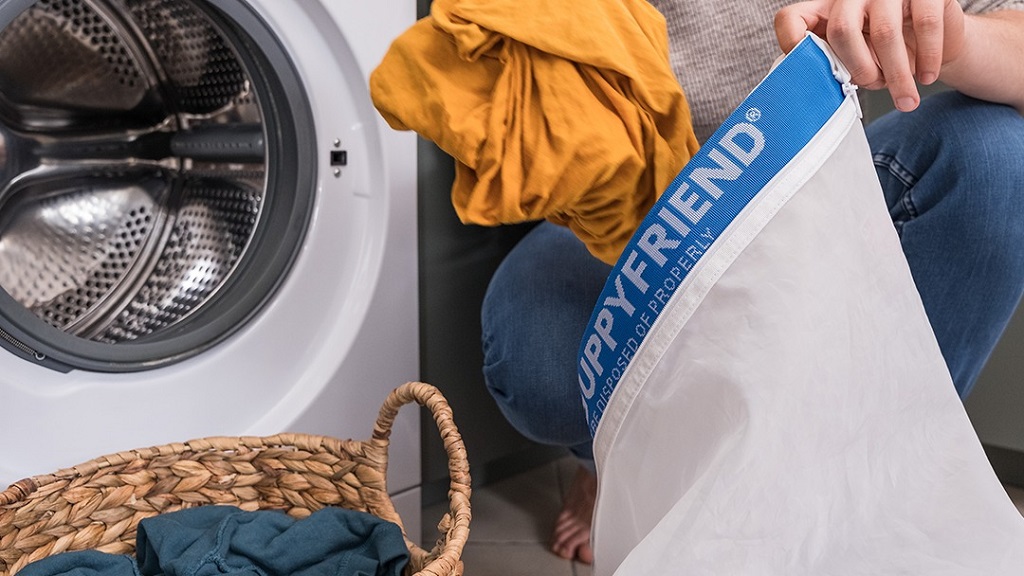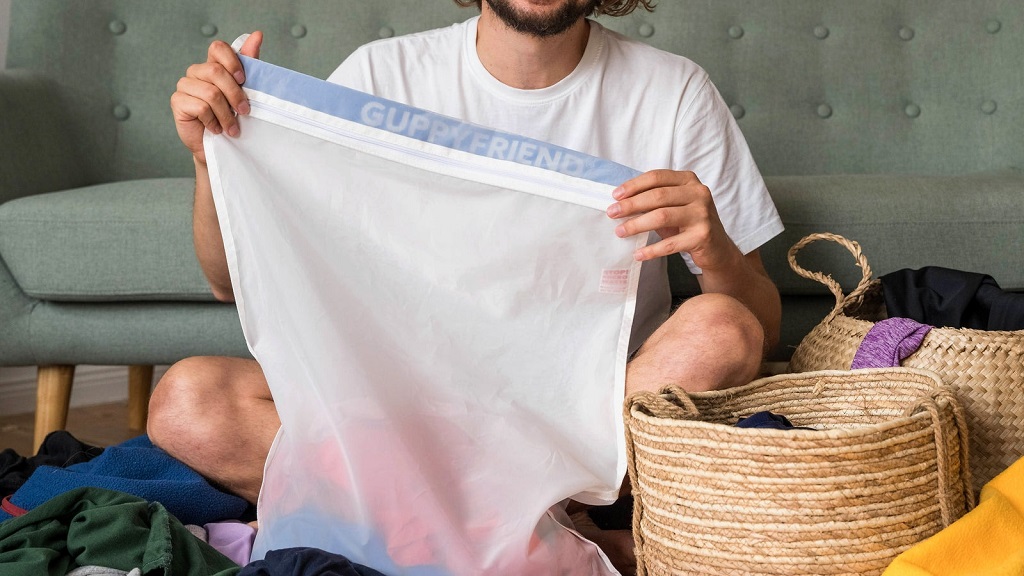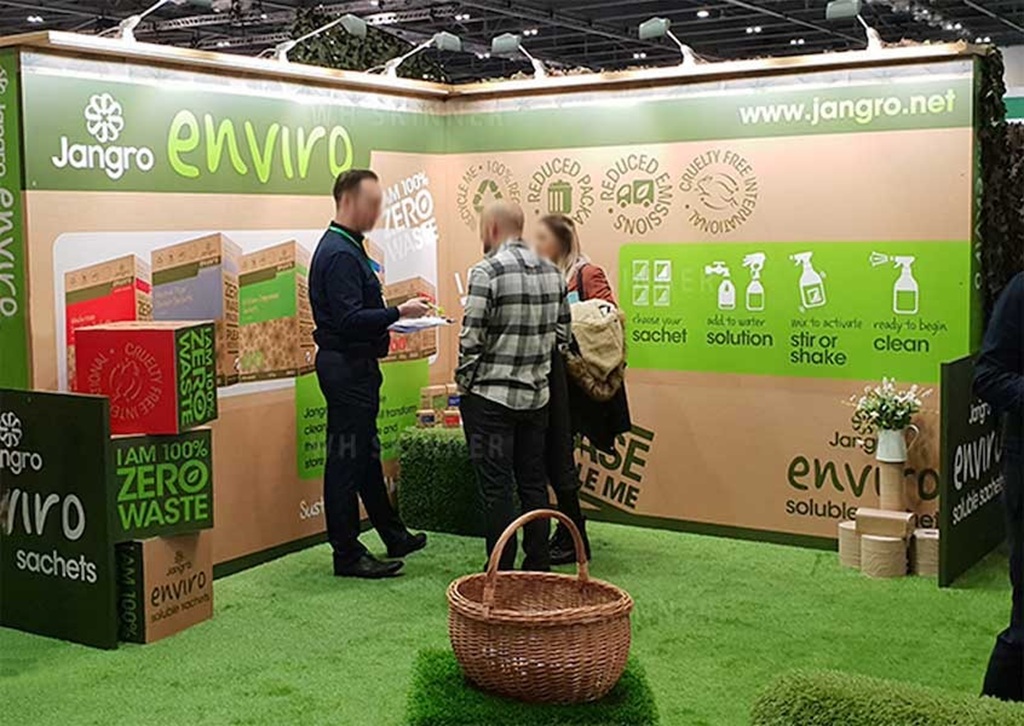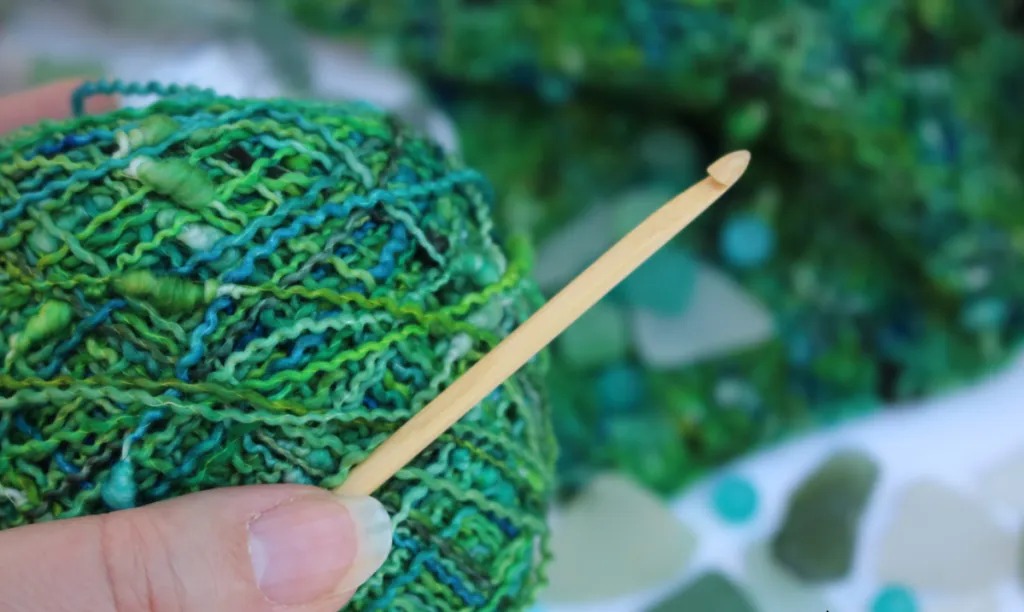Imagine this. You toss your favorite fleece jacket into the washing machine. It spins through the cycle, looking clean and fresh. But hidden in the wastewater, millions of tiny plastic fibers slip away. They head straight to rivers, oceans, and even your dinner plate. Sounds scary? It is.
A Guppyfriend washing bag changes that story. This simple mesh bag traps those sneaky microfibers before they escape. You load your synthetic clothes inside, zip it up, and wash as usual. The bag’s fine weave catches the fibers while letting water and soap flow through. No big changes to your routine. Just less harm to the planet.
Now, picture the scale of the problem. A single load of laundry can release up to 700,000 microfibers, according to a 2016 study by the University of Plymouth. That’s enough to rival the plastic from thousands of bags. And here’s a fresh stat: In 2024, global microfiber emissions from household washing hit about 500,000 tonnes yearly, per research in the Journal of Environmental Chemical Engineering. Governments notice too. France mandates filters in all new washers by 2025 to fight this, as reported by PBS News.
This bag steps in as your easy fix. It tackles microfiber shedding at the source. Let’s dive deeper into why it matters and how it helps.
What Are Microplastics and Why Do They Matter in Laundry?
Microplastics are tiny plastic bits smaller than five millimeters. They come from many places. But laundry tops the list for synthetic fabrics like polyester and nylon. Every wash rubs clothes together. Friction snaps off fibers. These escape through drains and pollute waterways.
Think about your activewear or cozy sweaters. They shed the most. A fleece jacket alone dumps 250,000 fibers per wash, says a 2015 University of California Santa Barbara study for Patagonia. Over a year, that’s billions from one garment.
The impact hits hard. Fish mistake these fibers for food. They eat them, get sick, and pass toxins up the food chain. We end up with microplastics in seafood, salt, even beer. A 2024 Phys.org report links them to hormone disruption in humans and animals.
Laundry adds fuel to the fire. Synthetics make up 60% of clothes worldwide. Washing them weekly pumps out enough fibers to match 15,000 plastic bags from a city of 100,000 people, per University of California research.
No wonder experts call it a top pollution source. But solutions exist. Enter the Guppyfriend bag. It fights back right in your laundry room.
How Does the Guppyfriend Washing Bag Work?
You grab the bag. It’s big, about the size of a pillowcase. Made from tough polyamide monofilaments. These act like sturdy sticks, not flimsy threads. So the bag sheds zero fibers itself.
Load it up. Fill to two-thirds with synthetics. Zip tight. Toss into the machine with your other clothes. Run a gentle cycle under 40°C. Liquid detergent works best. No powders that clog.
Inside, magic happens. The mesh has 50-micron holes. Water passes. Fibers stay trapped in corners. Friction drops too. Clothes tumble gentler. Fewer breaks occur.
Science backs it. Fraunhofer Institute UMSICHT tests show it cuts fiber breakage by 86% on full synthetics. And it catches over 90% of what does shed, per German Textile Research Centre North-West.
After the spin, open it. Shake out clothes. Spot the lint balls? Those are captured microfibers. Peel them off. Toss in trash. Rinse the bag if needed. Hang dry.
Simple, right? Users report seeing clumps after just one load. One tester found gray fuzz from a single fleece wash. No more invisible pollution.
Environmental Benefits: Saving Oceans One Load at a Time
The big win? Cleaner water. Microfibers from laundry make up one-third of ocean plastics, says a 2024 ScienceDirect study. The Guppyfriend bag slashes that output.
Take Patagonia’s case. They tested it on outerwear. Results? Up to 99% fewer fibers escaped. Imagine scaling that. If every household used one, we’d cut billions of fibers yearly.
Wildlife thanks you. Turtles and birds avoid choking on your shed threads. Coral reefs stay healthier. A Guardian report shares how fibers tangle marine life.
Soil and air benefit too. Less enters wastewater treatment. Plants absorb fewer toxins. One study from Columbia University notes rivers like the Hudson carry laundry fibers far inland.
Real story: Surf shop owners in Germany started using it. They saw less beach trash. Their local waters cleared up over months. Small actions ripple.
Plus, it sparks change. You think twice about fast fashion. Governments push filters by 2025. Bags like this bridge the gap now.
Health Benefits: Keeping Toxins Off Your Plate
Microplastics sneak into us. They carry chemicals like phthalates. These mess with hormones. A 2024 PBS alert ties them to fertility issues.
By trapping fibers, the bag keeps them out. Less in water means less in fish. Less on your fork.
Kids face higher risks. They eat more relative body weight in contaminated food. Trapping at source protects families.
One user, a mom of two, switched after reading about microplastics in breast milk. She sleeps better knowing her loads help.
Long-term? Cleaner air. Fibers become dust. They irritate lungs. Cut shedding, breathe easier.
It’s personal health tied to planet health. You win both ways.
Clothing Longevity: Make Your Wardrobe Last Longer
Washing rough wears clothes fast. The bag softens that. Less tumbling abrasion means fewer pills and fades.
Tests confirm: 79% less damage on mixed fabrics. Your yoga pants stay stretchy. Fleece keeps cozy.
Sarah, a hiker, shares her tale. She washed her jacket 50 times without the bag. It pilled bad. Switched to Guppyfriend. Now, after 50 more, it looks new.
Save money too. Clothes last years, not months. Fewer buys mean less production pollution.
Pro tip: Pair with cold washes. Doubles the effect.
Ease of Use: Fits Any Laundry Routine
No learning curve. It works with front-loaders or top-loaders. Shared laundromats? Zip and go.
Maintenance? Easy. Shake lint. Spot clean. Air dry. Lasts hundreds of cycles.
Busy folks love it. One dad fits all kids’ uniforms in one bag. Saves time sorting.
Travel tip: Packs flat. Use for hotel washes.
Drawbacks? Visible lint shocks some at first. But that’s proof it works.
Real User Stories and Case Studies
Meet Alex. Urban runner. He tracked his loads. Pre-bag: Tons of fuzz in filter. Post-bag: 80% less. His local river group noticed cleaner samples.
Case study from Stop Micro Waste: Schools used bags in dorms. Microfiber in drains dropped 85%. Students learned eco-basics.
Another: A UK family of four. They washed weekly synthetics. Saw health perks—no more itchy skin from old clothes. Environment? They donated less trash-bound textiles.
Reddit threads buzz. Users post before-after pics. Gray balls galore. “Game-changer,” one says.
These stories show real change. Not just stats.
Tips for Maximizing Benefits
Get the most out.
- Wash less often. Air out clothes. Cuts shedding 50%.
- Use cold water. Below 30°C. Saves energy too.
- Choose liquid soap. No clogging.
- Don’t overfill. Two-thirds max. Better clean.
- Combine with filters. For full protection.
- Buy quality synthetics. Less initial shed.
Follow these. Boost results 20-30%, per experts.
Potential Drawbacks and Solutions
Not perfect. Lint disposal feels wasteful. Solution: Trash it—better than oceans.
Some see no fuzz. Means low-shed clothes. Still reduces friction.
Bag needs space. Tip: Fold when empty.
Skeptics question plastic bag irony. But it recycles fully. Send back for reuse.
Overall, pros outweigh cons.
Conclusion
The Guppyfriend washing bag delivers big. It slashes microplastic release by up to 86%. Saves clothes from early wear. Guards health and oceans. Users rave about easy wins.
You hold power in every load. Start small. Grab a bag. Watch the difference.
Ready? Add one to your next wash. Share your story. Planet thanks you.
Related Topics: Eco-Friendly Display Stands
FAQs
What fabrics work best with the Guppyfriend washing bag?
Synthetics like polyester, nylon, and fleece shine. It traps their fibers best. Mix in cottons if needed, but focus on plastics.
How often should I clean the lint from the bag?
After every use. Shake out corners. Takes seconds. Prevents buildup.
Can the bag handle hot washes?
Stick under 40°C. Heat boosts shedding. Cold keeps fibers low.
Does it work in all washing machines?
Yes. Front or top-load. Balance loads for smooth spins.
Is the bag recyclable at end of life?
Fully. Zipper aside, all recycles. Or return to makers for remake.
Related Topics: Eco-Friendly Auto Spa
References
- University of California Santa Barbara study on microfiber shedding: https://www.theguardian.com/sustainable-business/2017/feb/12/seafood-microfiber-pollution-patagonia-guppy-friend
- Fraunhofer Institute UMSICHT tests: https://www.reddit.com/r/PatagoniaClothing/comments/1fwgs3y/psa_get_a_guppy_friend_laundry_bag_to_reduce_up/
- Journal of Environmental Chemical Engineering on global emissions: https://www.sciencedirect.com/science/article/abs/pii/S0304389424018697





